Tibetan Diet Etiquette
There are different cultures and etiquette in different places. How about the Tibetan food culture?
There are four major foods in Tibet: beef and mutton, dairy products, barley and tea. The daily life of a normal local people cannot be separated from these four kinds of foods, which feature simplicity. Such unmannered style is a result of the unique geographical environment, Tibetans' respect for the world's living beings and their ignorance of their own desires. There are a great amount of Buddhist believers in Tibet. They all believe in Tibetan Buddhism, which weighs a lot on revering life. There are many taboos in diet. Small animals are prohibited to eat in Tibet. As Tibetans pay equal attentions to every life, they think that a cow or a sheep can be shared by many people for many days, while a small animal like a duck can only be served once.
The high altitude and the cold weather contribute to a serious shortage of plant foods in Tibet. Therefore, meat and dairy products are the major food in this area. Highland barley is a unique crop in Tibet. Tsampa made from the barley is convenient to carry and eat, and it is very suitable for the shepherd, who leads a wandering life.
In the past, there was a serious dearth of vegetables and fruits. But Tibetans still kept a balanced diet by drinking a large amount of butter tea. Since the operation of the Qinghai-Tibet Railway, Tibetans can buy fresh vegetables and fruits from other areas at any time, but at relatively high prices.
The Buddhist culture is deeply rooted in this land. How Tibetans live a life is inseparable from their religious beliefs. They treat the food as the physical needs to maintain their lives. However, the Han ethnic group enjoys the delicious dishes and makes eating the high priority in life.
Tibetan food has a long history and is very distinctive. Most of the raw materials of Tibetan food are produced in the Tibetan area. They are of varied tastes and rich varieties.
There are many ways of cooking and enjoying food on Tibetan banquets.
The Tibetan food are mainly divided into three categories: staple food, dishes, and soup. In addition to sweets, salt is the most basic condiment. In addition, there are ginger, curry, pepper, coriander, fennel, pepper, toon, garlic, onion, wild garlic, scallop, chili, etc. These condiments are used in different ways.
Tibetan staple foods mainly include:
Tsampa is a Tibetan and Himalayan staple foodstuff, particularly prominent in the central part of the region. It is roasted flour, usually barley flour and sometimes also wheat flour. It is usually mixed with the salty Tibetan butter tea. Tsampa is quite simple to prepare; indeed, it is known as a convenience food and often used by the Sherpas, nomads and other travellers. Tibetan noodle soup along with a cup of Tibetan sweet tea is the most typical Tibetan food served in plenty of tea houses across Lhasa. Usually, after Tibetan pilgrims finish doing pilgrimage around sacred Tibetan monasteries around Barkhor Street, they prefer to have such dishes and chat with their friends in bustling tea houses. Tibetan noodles are made by mixing the wheat flour and edible alkaline water. Then press dough into noodles with a machine. After the Tibetan noodles is done and it will be added to a bowl together with tasty bone broth, shredded yak meat and some vegetable.
Xogoi Momo: A xogoi momo is a type of momo using mashed potato with dough, shaped into balls, with a minced meat filling, served with bread crumbs. You may try it in any Tibetan restaurant, it's about RMB 20.00 – 30.00 per serving.
Tibetan Tsamba Porridge: Winter in Tibet is very cold, especially at night in the northern region. Thus local Tibetan people often eat the "Bo Tu" for dinner."Bo Tu" refers to "zanba porridge". The recipe is: cattle (sheep) bone in the stone mortar smashed, salt, ginger powder, wild vanilla powder and a little pepper powder, and radish shaoshang together with shredded radish. After boiling, add Tsamba powder, repeated mixing, not let the pot pasted. When you taste it, the fragrance is unusual. There are also a great amount of Tibetan dishes, among which the most distinctive are the Tibetan blowing liver and Tibetan blowing lung. Blowing lung also known as pickled pig lung, is one of the Tibetan unique cured meat products. It tastes delicious, without greasy, and appetizing. It is an excellent cold dish, and can be stored for up to one year.





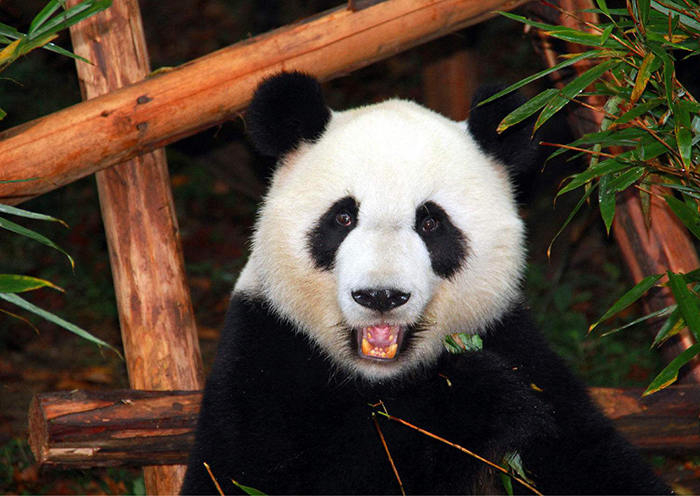


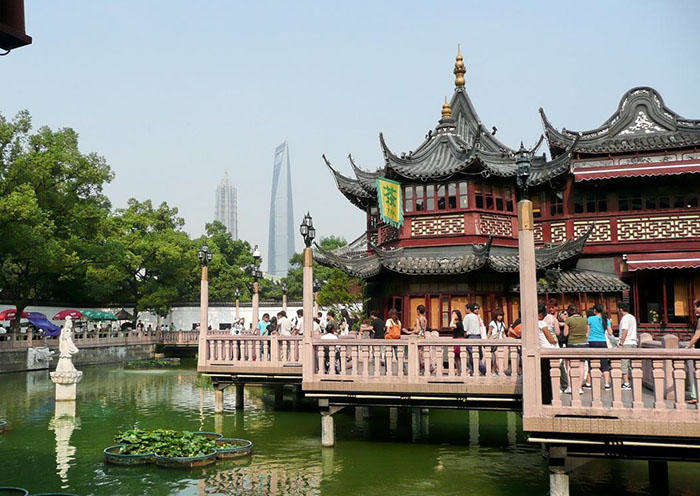
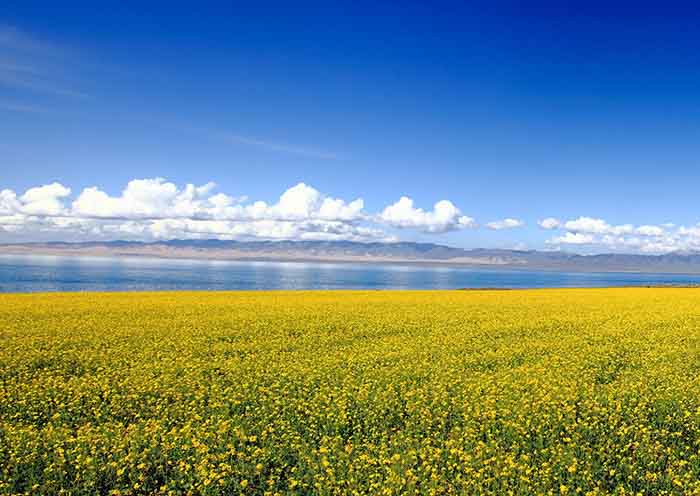
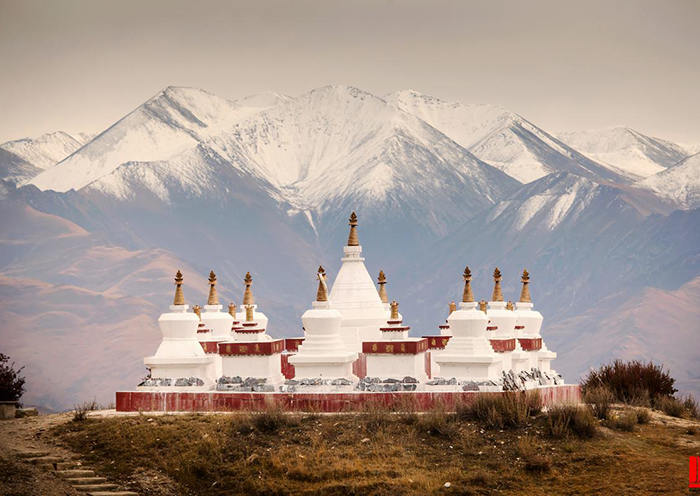
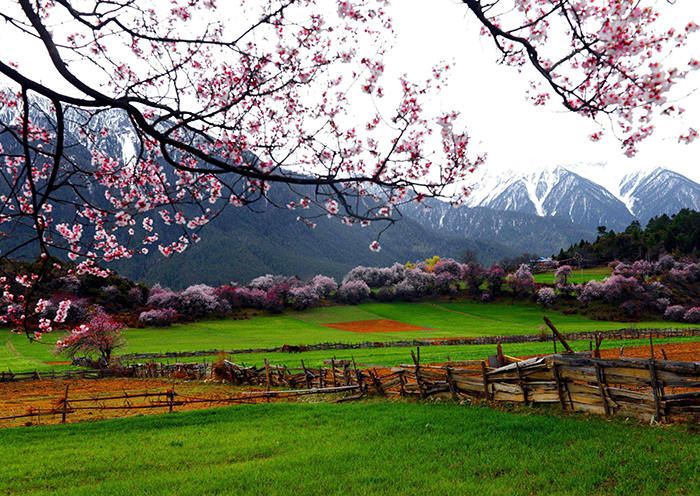
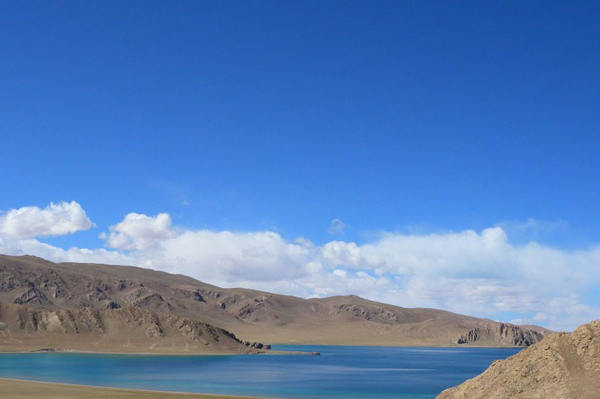
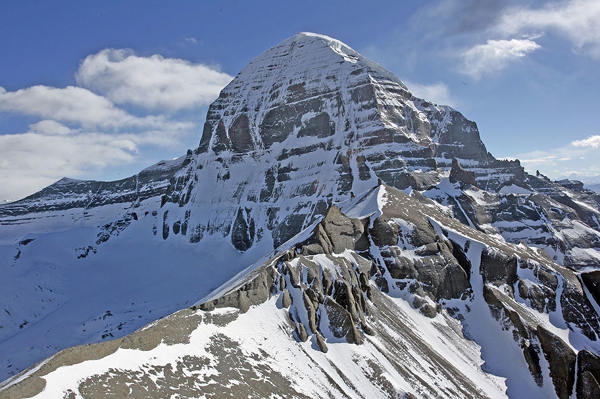

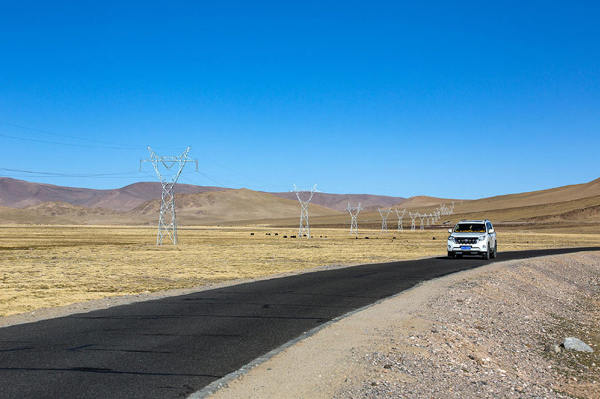



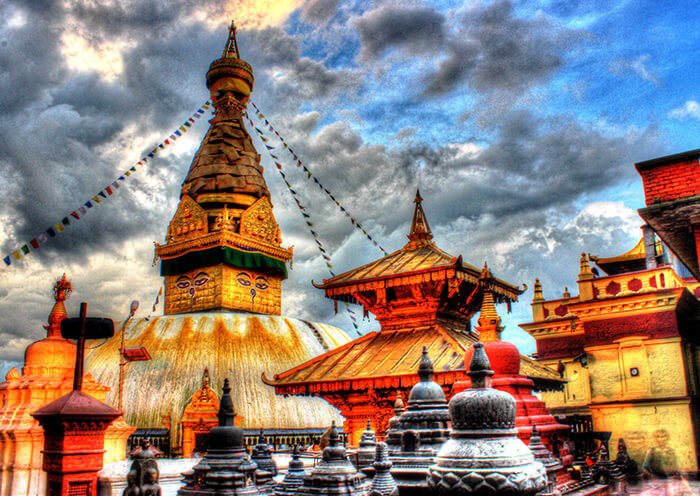


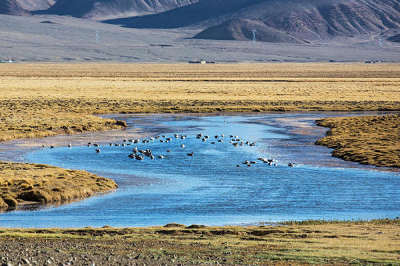
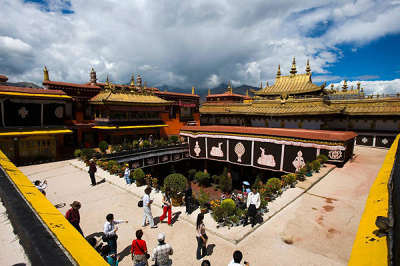
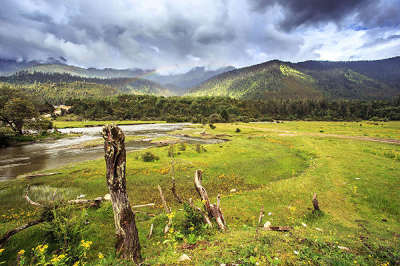







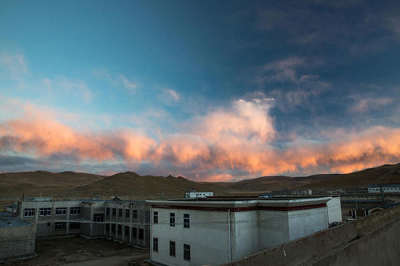




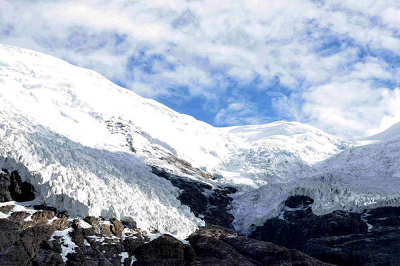
 Data in submission...
Data in submission...